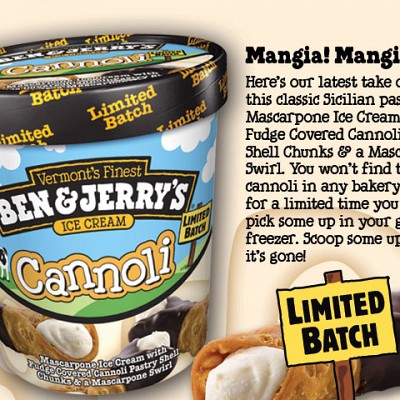The first step in any new business venture is to make a detailed plan. If you are looking to launch your own food truck business, there are a range of factors to consider - all of which will need to be included in your business plan. This is how you will gain funding, find sponsors, identify your target demographic, and decide what exactly your truck will sell.

- Executive Summary
For your business, your first impression is your executive summary—an introduction to your product. This should highlight key points like why you can expect success, how you plan to achieve growth, and how your skills and background will set you in good stead for these goals. Be thorough: Mention what food you’re going to offer, where you’re going to sell it and why you’ve made this choice, and what you predict your income and costs to be.
- Company Description
Thomas Smith, a business writer at Boomessays and Oxessays says “In terms of the details you should list here, make sure to mention your business’ legal name and where it will be located.” In terms of the expansion of points first brought up in your executive summary, you’re going to want to go into what kind of food truck you’re aiming to create, exactly; where the food will be prepared, on-site or in a kitchen; why you’re using a truck at all as opposed to a static building; how it will fit into the current market and what gap it will be filling; and what unique advantages you bring that will make you stand out from your competitors, which might be to do with your product itself or the way your customer service and marketing delivers it.
- Market Analysis
Your market analysis should detail how you’re going to fit your business into the existing market of the area you’re going to be serving. Talk about the demographics you’re likely to serve, the food industry in the area, current and seasonal trends, your financial plans, and how you plan to meet certain needs. This is the section for you to demonstrate that you are informed and prepared.
- Organization and Management
In this section, you should explain the internal structure of your business. How many people will be manning your truck—be specific on exactly what the responsibilities of each employee will be, as well as including profiles on your management team? Be clear about how the company is owned and by who, and what you offer your workers. As Jody Eades, a marketing blogger at Ukwritings and Academized, reminds us, “Make sure you know the legal classification for how you run your business—are you a partnership or a sole proprietor?”
- Service or Product Line
This section is another opportunity for further detailing your product: Describe your menu, why you’ve chosen it, why you think customers will choose it, and why you will have repeat business. A personal angle on your passion for this type of food can make this stand out more, as long as you make sure the factual information still takes precedence.
- Marketing and Sales
This is your chance to expand on your marketing plans, including pricing, originality of product, presentation, where you’ll take your business, and how you’ll advertise. Also mention what your schedule will be in terms of holidays, and if this will fit to the market you’re targeting.
- Funding Request
Here you should lay out exactly what funding you will need and what for. As investors will be reading this, outline how you will repay your loans, and what benefits investors will receive as your business grows. Make it clear what opportunities these funds are creating for your business.
- Financial Projections
The financial projection is a follow-up to the previous section. You should set yourself financial goals, to instill confidence that you know where your business is going. If your business has already been running for a while, this section can be replaced with your existing financial data, and is much less speculative, though it should also include your plans and predictions for the future.
Your business plan is how you pitch your business to investors and set out a clear strategy for yourself going forward. Be as thorough as you can to ensure there’s no room for confusion or a lack of confidence from anyone reading it.






































